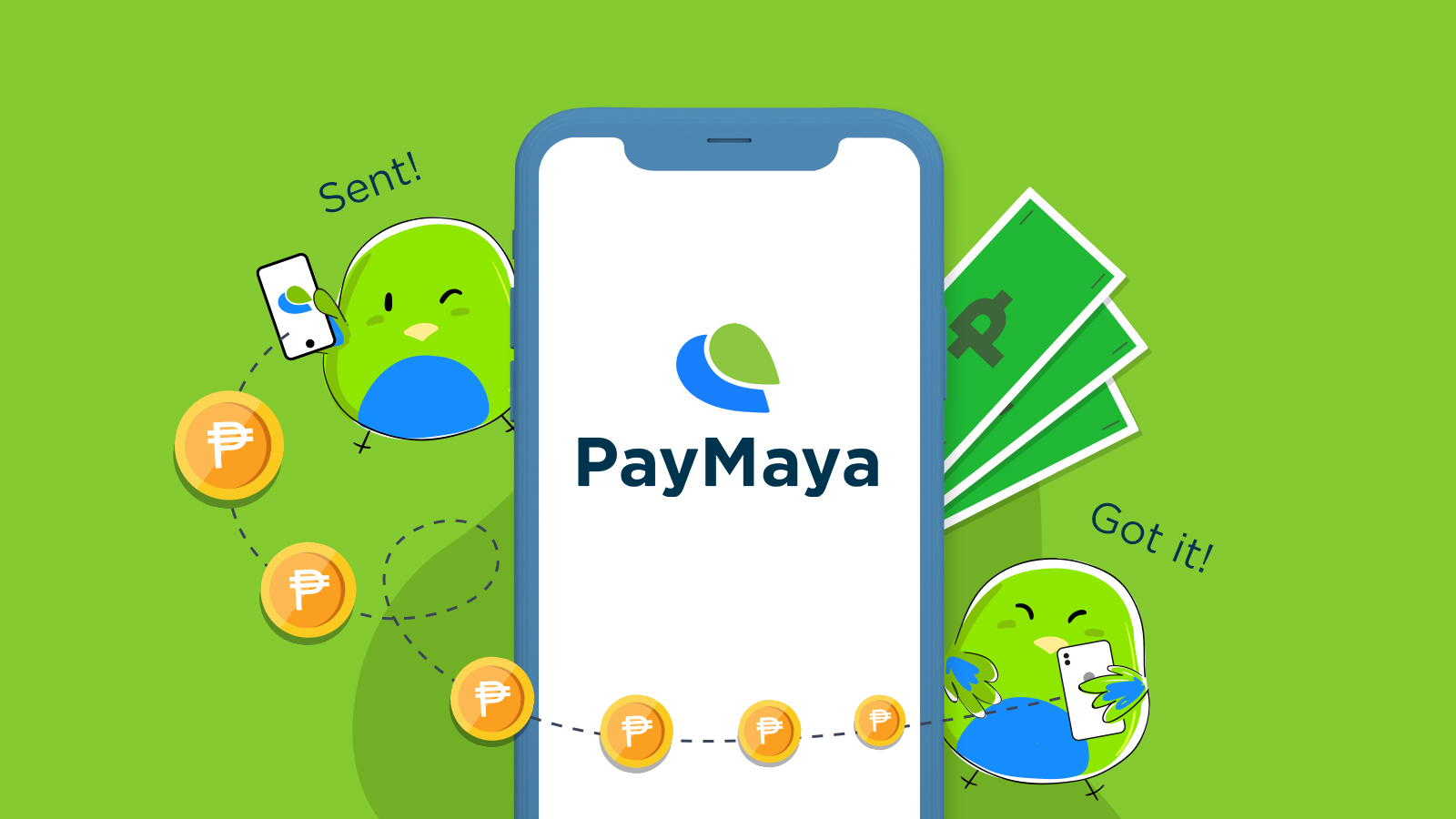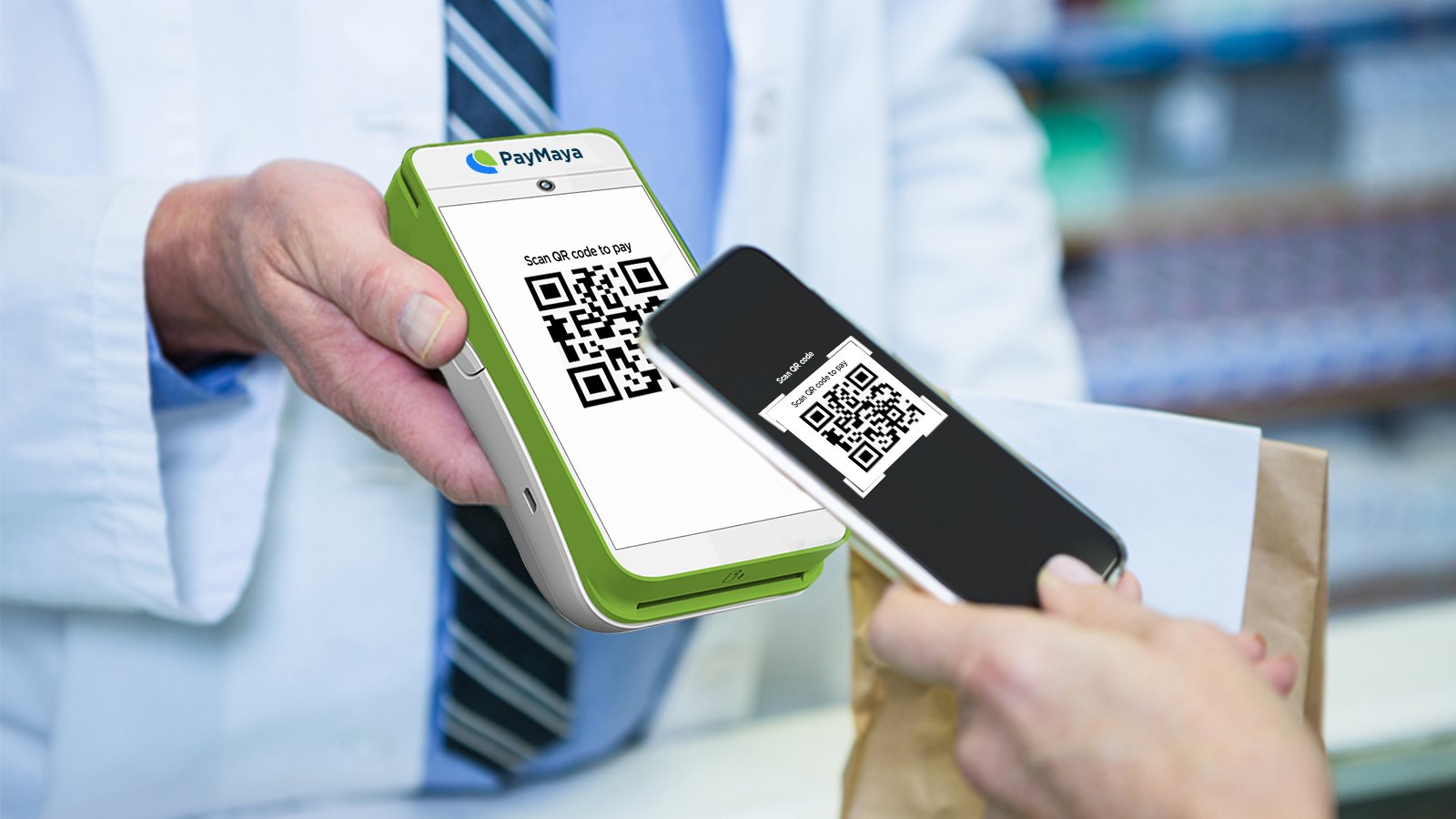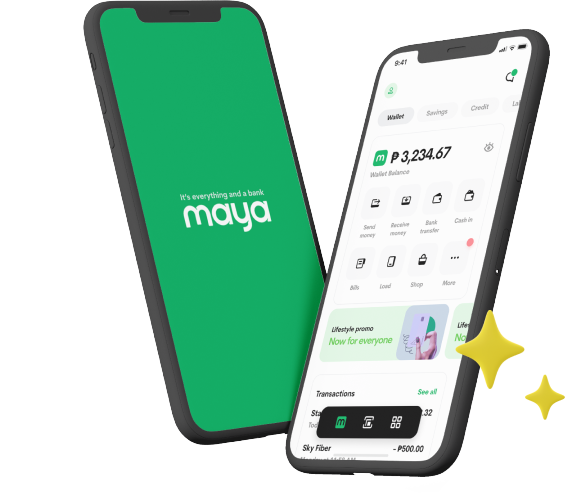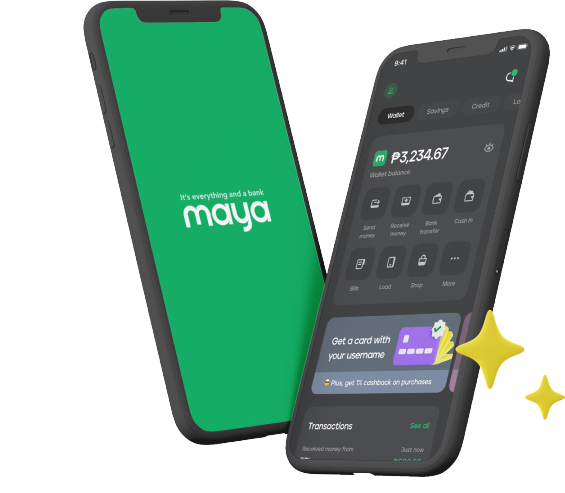
Remittance centers like Palawan Express are some of the most famous financial establishments in the Philippines. They allow people to send and receive money, whether locally or abroad, and also provide miscellaneous related services.
Remittance centers are popular among OFWs. Those who work in Metro Manila and other industrialized locations to send money to their loved ones are also among the primary customers of remittance centers.
Many of these services are already available online, particularly through online banking and e-wallet apps like Maya. Fast, secure, and convenient, these digital platforms have become more popular through the years. Despite this, there are still many Filipinos who patronize remittance centers. Here are just a few reasons why this is the case:
Accessibility
To someone with a stable internet connection, it’s easy to send money and pay bills online. In fact, it can be argued that in the metro, online is the preferred method nowadays for sending and receiving money. However, while internet access and speed have certainly improved in the Philippines in recent years, there are still several locations without reliable networks. In addition, there are also millions of as-yet unbanked Filipinos who may not be able to use banking apps even with stable internet connections.
Meanwhile, there are tens of thousands of money remittance centers located all over the Philippines. These include even the farthest barangays where there are no banks, ATMs, or even phone signals. With remittance centers, it’s easier for Filipinos in these less-than-ideal situations to send and receive money. They can even safely shop online, since there are remittance centers who are also partners with online shopping sites.
Trust and Form Factor
Some people prefer the form factor of cash. To them, it’s easier to trust what they can see. Obviously, banking apps and e-wallets have various security measures in place to keep your money safe. They are protected by institutions, such as the Bangko Sentral ng Pilipinas. However, there are still people who are reluctant to trust something that they can’t see. Ergo, they prefer claiming their loved ones’ remittances through physical means.
Another reason is that there are those who like to have someone they can interact with. If they have any questions, there’s a person of authority who can answer them right at the point of sale. Finally, there are also those who find it easier to manage their budget with cash on hand. Those who use the infamous “sobre system” benefit from this.
Reliable Instant Cash
With remittance centers, recipients can simply go to the nearest branch to get their cash. Like digital transactions, the money transfer is almost instantaneous. However, unlike digital transactions, the recipients can claim the cash on the spot. There’s no need to worry about finding an ATM or if the ATM is under maintenance.
You might argue that receiving money from a remittance center isn’t really “instant” because you still have to visit a branch to claim the cash. However, remember that there are some locations with limited internet and banking facilities. Sometimes, there’s only one bank for kilometers on end. In these places, remittance centers are certainly more reliable and more instant.
Force of Habit or Familiarity
Some people don’t like change. They love the feeling of security and familiarity of something that they’ve been doing for years. In short, they’re firm believers of the “if it ain’t broke, don’t fix it” mentality. Since they’ve been receiving money from remittance centers for years, they stick to the habit even if more convenient methods are already available.
This is somewhat comparable to those who shop at brick and mortar stores, even as they pay using e-wallets. Even if they’ve embraced new technology, they still prefer and enjoy the traditional ways to shop because it’s what they’ve been used to.
Multiple Services
Remittance centers aren’t just accessible to more people. They also provide a wide variety of services, including bills payment, e-loading, and foreign exchange. The bills payment function is particularly useful to customers, since they can immediately settle their balances the moment they receive the remittance money.
Some remittance centers are also pawnshops. Finally and as earlier mentioned, there are also remittance centers that have partnered with various online shopping platforms to facilitate payments. All of these additional services make these establishments even more appealing to unbanked Filipinos, even if they don’t necessarily have remittances to claim.
There are still several barriers to overcome when it comes to connectivity in the Philippines. This is not to mention the general attitude of Filipinos when it comes to banking and technology.
Still, it can’t be denied that the traditional way of transacting with remittance centers remains to be effective. They also continue to adapt by establishing partnerships with platforms such as e-wallets and shopping websites. This is why remittance centers will continue to be relevant for more years to come.
You might also like
These Stories on Financial Literacy




